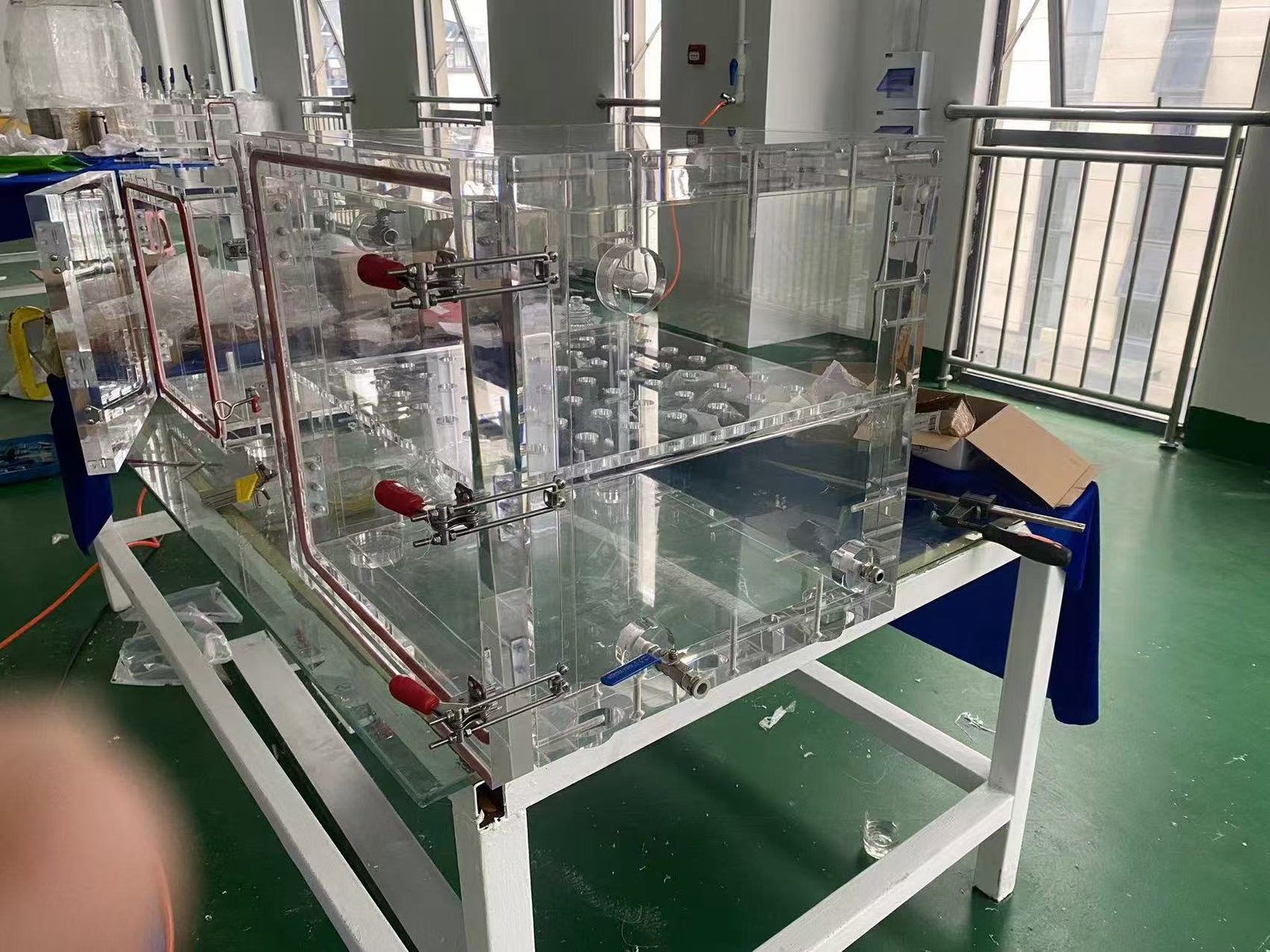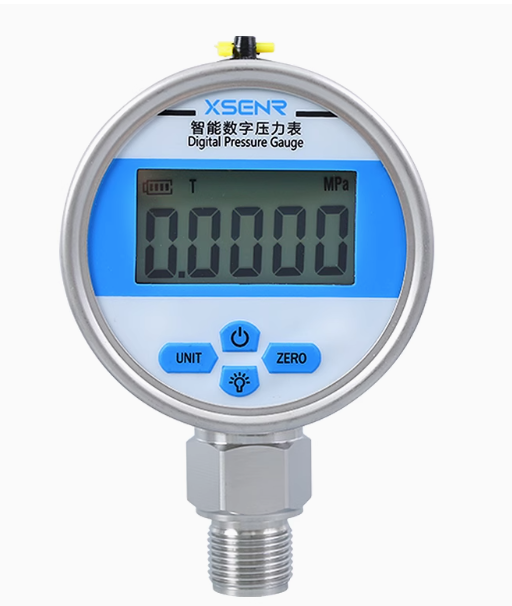Accurate vacuum measurement is the backbone of industries ranging from aerospace to pharmaceuticals. For professionals seeking uncompromising precision, 0.4-grade vacuum pressure gauges paired with robust vacuum chambers deliver unparalleled performance. This guide explores how these tools work synergistically and why they’re essential for modern industrial applications.
Why 0.4-Grade Vacuum Pressure Gauges Matter
A 0.4-grade vacuum pressure gauge represents a high-accuracy instrument with an error margin of just ±0.4% of its full-scale reading. Unlike standard gauges, these devices excel in scenarios where even minor pressure fluctuations impact outcomes, such as:
- Semiconductor Manufacturing: Precise vacuum control prevents microchip defects.
- Medical Device Sterilization: Ensures consistent autoclave performance.
- Research & Development: Critical for replicable experiments in material science.
Key Features:
- Superior Calibration: Meets ISO 3567 and ASME B40.100 standards.
- Durability: Stainless steel or borosilicate glass construction resists corrosion.
- Versatility: Compatible with pressures from 10^-3 Torr to 760 Torr.
Vacuum Chambers: The Controlled Environment
A vacuum chamber creates a sealed, low-pressure environment for testing or production. When paired with a 0.4-grade gauge, operators gain real-time insights into pressure dynamics.
Applications Enhanced by Precision Gauges:
- Aerospace Component Testing
Simulate high-altitude conditions to validate satellite parts or cockpit systems.
- Packaging Integrity Checks
Identify leaks in medical or food packaging to extend shelf life.
- Thin-Film Deposition
Maintain exact vacuums for coating lenses or solar panels.
Optimizing System Performance: 3 Best Practices
- Match Gauge Range to Chamber Requirements
Overloading a gauge beyond 75% of its maximum range accelerates wear.
- Calibrate Quarterly
Environmental factors like temperature drift impact accuracy over time.
- Integrate Digital Logging
Pair analog gauges with data loggers for trend analysis and compliance reporting.
Choosing Between Analog vs. Digital Displays
While analog 0.4-grade gauges dominate legacy systems, digital variants offer advantages:
- Remote Monitoring: Track chamber conditions via IoT-enabled dashboards.
- Auto-Zeroing: Compensate for atmospheric pressure changes in real time.
- Multi-Unit Synchronization: Monitor multiple chambers from a single interface.
Maintenance Tips for Long-Term Reliability
- Avoid Contaminants: Use filters to prevent oil or particulates from entering the gauge.
- Leak Testing: Perform helium leak checks biannually on chambers.
- Storage: Keep gauges in low-humidity environments to prevent internal fogging.
Upgrade Your Vacuum Systems Today
Investing in a 0.4-grade vacuum pressure gauge and chamber isn’t just about precision—it’s about eliminating costly errors and ensuring regulatory compliance. Whether you’re developing cutting-edge tech or refining production workflows, these tools provide the control your processes demand.
Explore our certified range of ASME-compliant gauges and vacuum chambers engineered for industrial resilience. Contact our team for a custom solution tailored to your pressure requirements.
Find our website: www.vacuumdegassing.com


